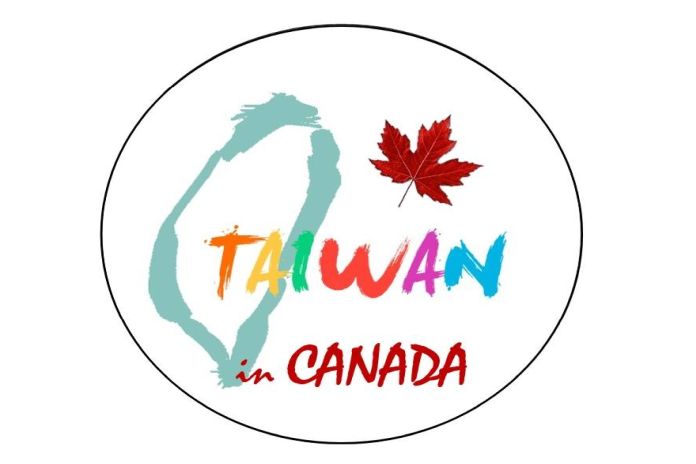- As global challenges weigh on economic recovery, APEC will continue to grow at a moderate pace between 2024 and 2025.
By Rhea Crisologo Hernando, Glacer Niño A. Vasquez and Carlos A. Kuriyama
The APEC region is estimated to have expanded by 3.5 percent in 2023, an increase from 2.6 percent in 2022, in line with the global economy. Consumer spending is the main driver behind higher growth in 2023 even as tourism and travel remained strong, while government spending also helped buoy economic activity.
GDP forecasts show that APEC will continue to grow in the near term, but at a moderate pace of 3.2 percent in 2024 and 2.8 percent in 2025. Global challenges are seen to weigh on economic recovery, while APEC economies also have to deal with the lagged effects of monetary tightening and scaled-down fiscal support measures.
Inflation in APEC averaged lower in 2023 at 3.8 percent from the year-ago level of 5.9 percent due to synchronized and successive monetary policy rate hikes among many economies. Inflation in the region is expected to remain on a downward path in the near term at 3.0 percent in 2024 and 2.6 percent in 2025, in tandem with slowing global inflation. However, authorities need to keep an eye on exchange rate fluctuations, particularly as weaker currencies complicate inflation management and could lead to currency mismatches, affecting payment obligations. Between February 2023 and February 2024, the currencies of 17 APEC economies depreciated against the USD, ranging from -1.3 percent to -22.6 percent.
Furthermore, monetary authorities need to remain on guard as incidents in the Red Sea and the drought in the Panama Canal are affecting shipping routes and freight costs that, in turn, could fuel inflationary pressures. Data in mid-January 2024 reveal that composite shipping costs had almost doubled, marking a peak over the past year. The latest data as of 1 February 2024 indicated some decline, but still significant compared to the level a year ago. A prolonged increase in shipping costs, if the abovementioned problems persist, could heighten inflation risk.
Trade contraction, rising barriers and other challenges
Trade performance in the APEC region contracted during the first nine months of 2023 compared to year-ago levels due to weakened global demand as well as falling prices of non-fuel commodities and manufactures. The value of merchandise exports and imports declined by 7.5 percent and 8.0 percent, respectively, together with the volume at 2.1 percent and 4.7 percent.
The same comparable period saw the growth in commercial services trade decelerating from double-digit levels to 5.5 percent for exports and 9.2 percent for imports. Transport services reversed to negative even as international travel receipts continued to record solid growth at more than 60 percent.
Amid the downturn in trade, the accumulated number of trade-restrictive measures as of end-2023 has risen to 491 while trade remedies in force have reached 953, primarily consisting of antidumping measures and countervailing duties. An opportunity for upside potential exists within trade facilitation, as indicated by the increase in measures aimed at enabling the free flow of trade, which rose to 682 in 2023. Among these, 64 new trade-facilitating measures were introduced last year, mostly focused on reducing import tariffs and removing export bans.
Moreover, geopolitical concerns are playing a growing role in shaping global trade dynamics as seen in increased “friendshoring” and geoeconomic fragmentation, where trading preferences tend to lean more toward economies with similar views. At the same time, there has been a general decline in the diversification of trade partners, pointing to a concentration of global trade within major trading partners. The world is facing a period of heightened uncertainty and economic fragility, which could significantly slow trade and economic activity in the near term.
Prospects, risks and opportunities
Economic prospects could be clouded by potential spikes in commodity prices, aggravated by persistent global uncertainties that could disrupt supply chains. Geoeconomic fragmentation could impact on trade relations, increase trade barriers and lead to reduced global trade activity as trading partnerships shift.
Rising debt, a pandemic legacy, could limit growth as economies move away from massive fiscal support measures toward fiscal consolidation. However, while fiscal policies are expected to tighten in 2024 to manage high debt levels, excessive spending cuts could also stifle economic activity.
Nevertheless, the likelihood of a significant economic downturn in the short-term has diminished as current inflation is decreasing more quickly than anticipated as monetary policy rate hikes have been effective and energy and food prices in general have been declining. Lower inflation is seen to positively impact on consumption and investment going forward. Moreover, tourism recovery is on track to return to its pre-pandemic level this year as pent-up demand combines with improved air connectivity and a more robust rebound in Asian markets and destinations.
Over the medium term, the adoption of modern technologies, such as artificial intelligence (AI) has the potential to increase worker productivity and income. The extent of these benefits depends on how well economies harness AI’s potential and address associated challenges. This would require a strategic approach that combines technological investment, workforce readiness, and the promotion of innovation.
Potential risks, such as human factors, including biases, prejudices, or experiences that can impact AI algorithms and models, influencing outcomes, have to be addressed. For example, algorithms could incorporate gender-based biases that could be amplified over time: recommendation algorithms might favor certain male workers due to past trends, creating a cycle where men get more chances and recognition than women based on ratings providing biased feedback. Left unaddressed, these gender-based issues could set back APEC’s efforts on ensuring women’s digital inclusion, which in turn could translate into a loss of approximately USD 94 billion.
Prioritizing policies
The ongoing challenges that the APEC region is facing necessitate a good, hard look at domestic conditions and the crucial role of regional cooperation to encourage dialogue, shared responsibility and collective actions to achieve the APEC Putrajaya Vision of an open, dynamic, resilient and peaceful Asia-Pacific community by 2040.
Regional cooperation has to step up amid these challenging times. A collaborative strategy is imperative to help APEC economies effectively address multiple challenges: post-pandemic economic recovery, geopolitical and geoeconomic fragmentation issues, climate change, and building resilience against future shocks.
In the short-term, there remains a pressing need for monetary authorities to remain watchful against inflationary risks and make timely policy rate adjustments when needed, and for fiscal managers to focus on fiscal consolidation amid rising debt. Rebuilding fiscal buffers is essential to adequately prepare for future shocks, however, striking the right balance between fiscal consolidation and supporting economic activity is equally important.
Innovation and digitalization must be integral to APEC’s growth strategy, to bolster productivity, competitiveness and output. Recognizing that economies are in various phases of development, adopting emerging technologies such as AI to drive innovation and efficiency could unlock new opportunities in today’s digital landscape. Moreover, ensuring women’s full participation in the digital economy not only bridges gaps in digital access and gender disparities but also unleashes a wealth of untapped potential, contributing significantly to growth that benefits all.
Rhea Crisologo Hernando is an analyst, Glacer Niño A. Vasquez is a researcher, and Carlos Kuriyama is the director of the APEC Policy Support Unit.







